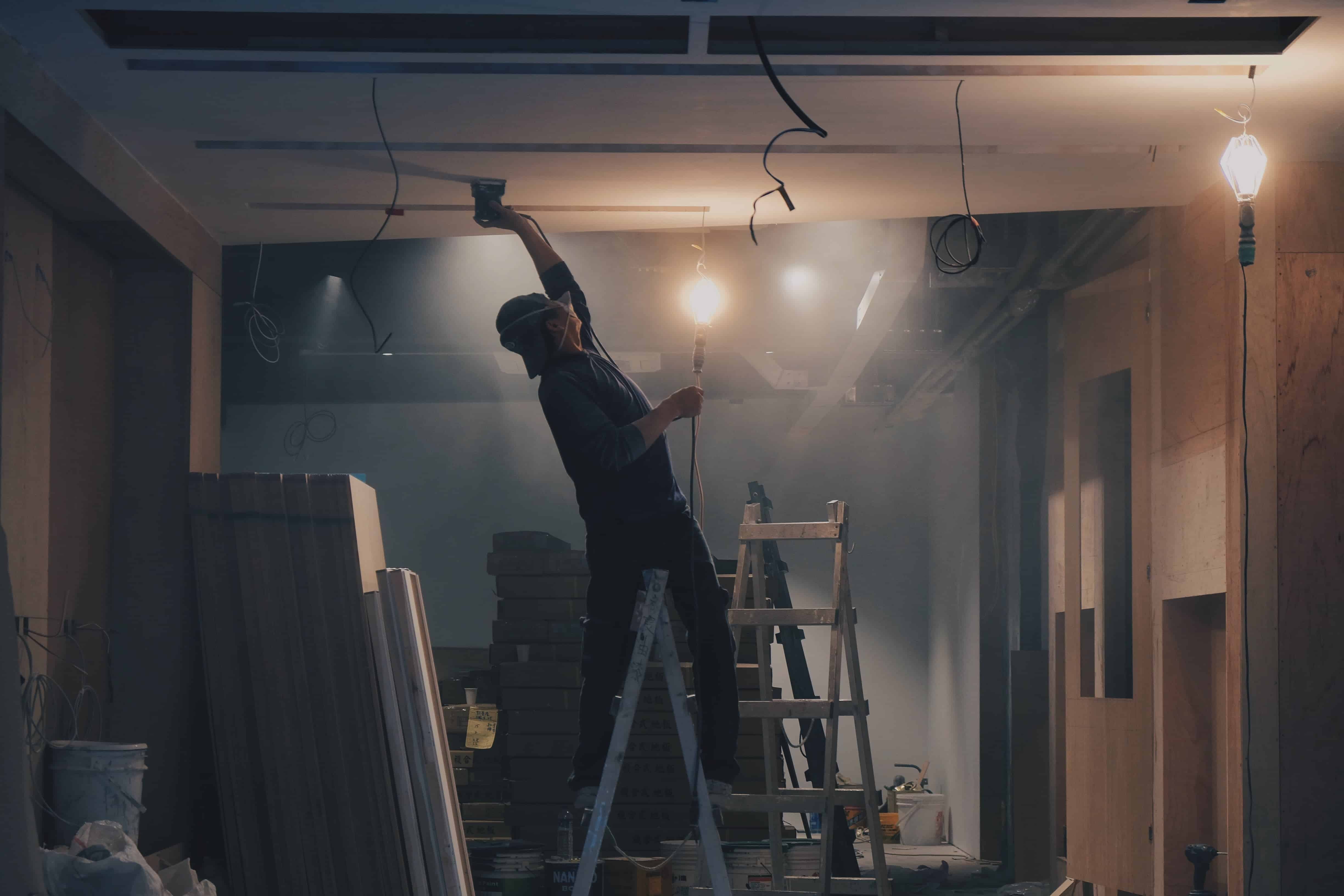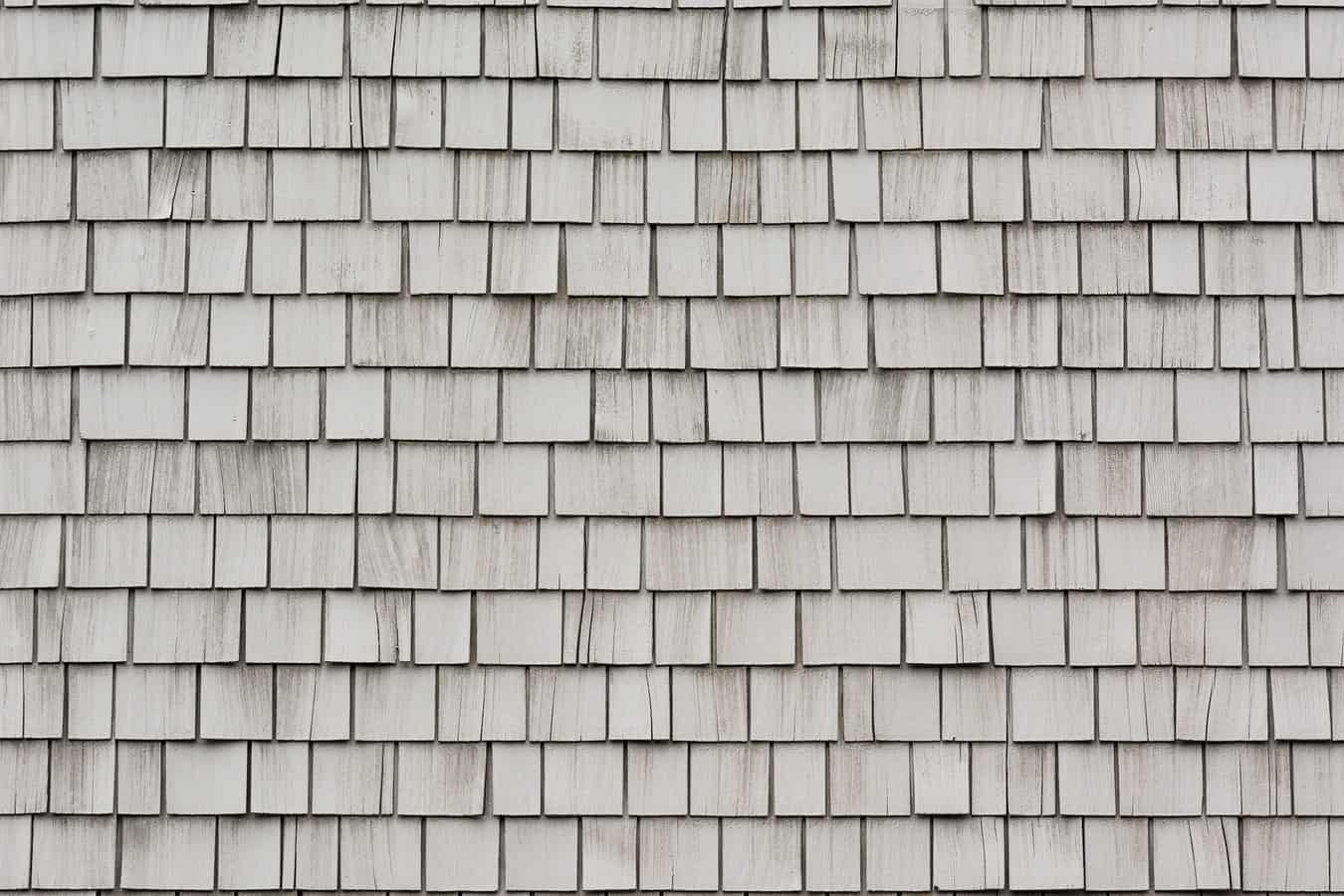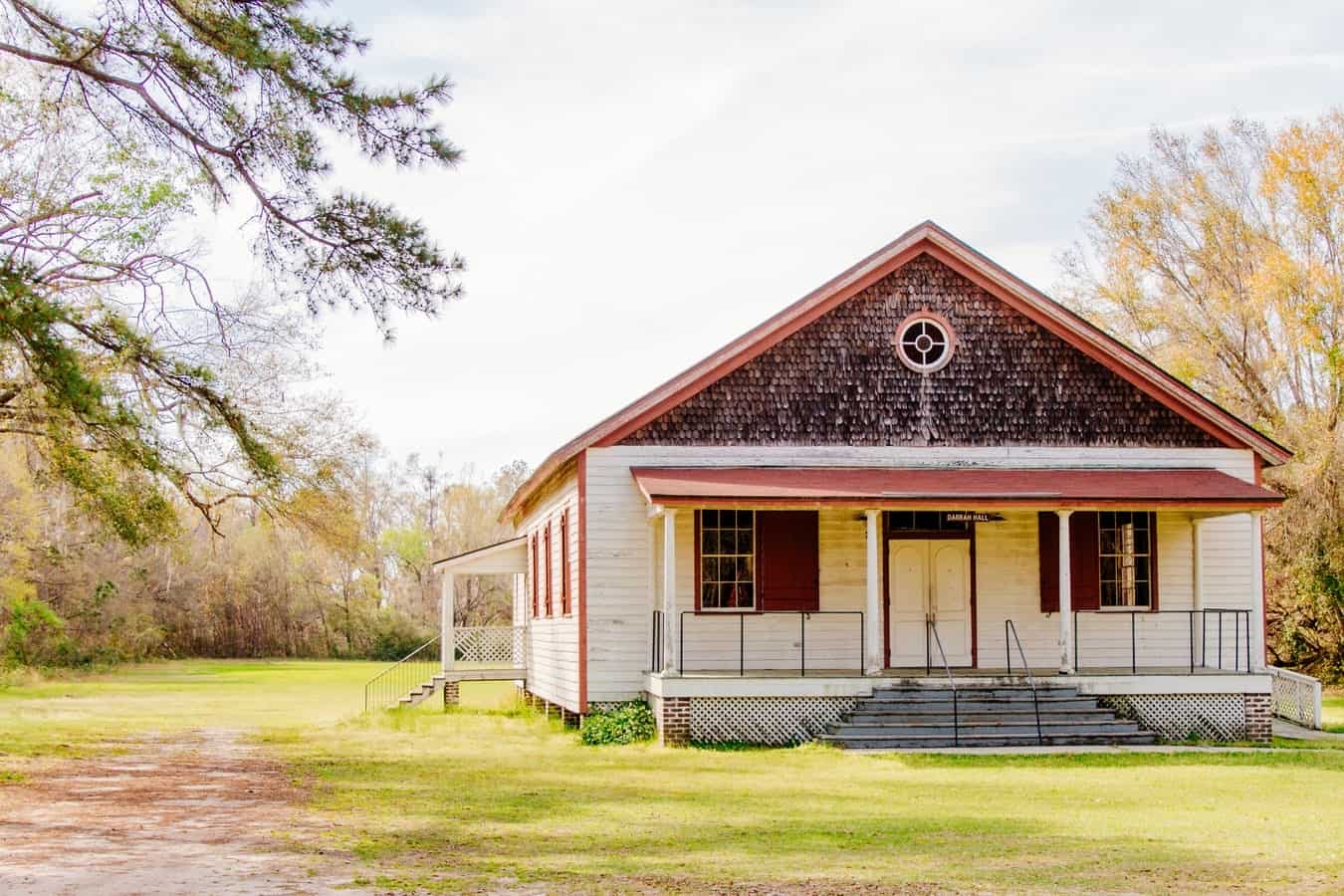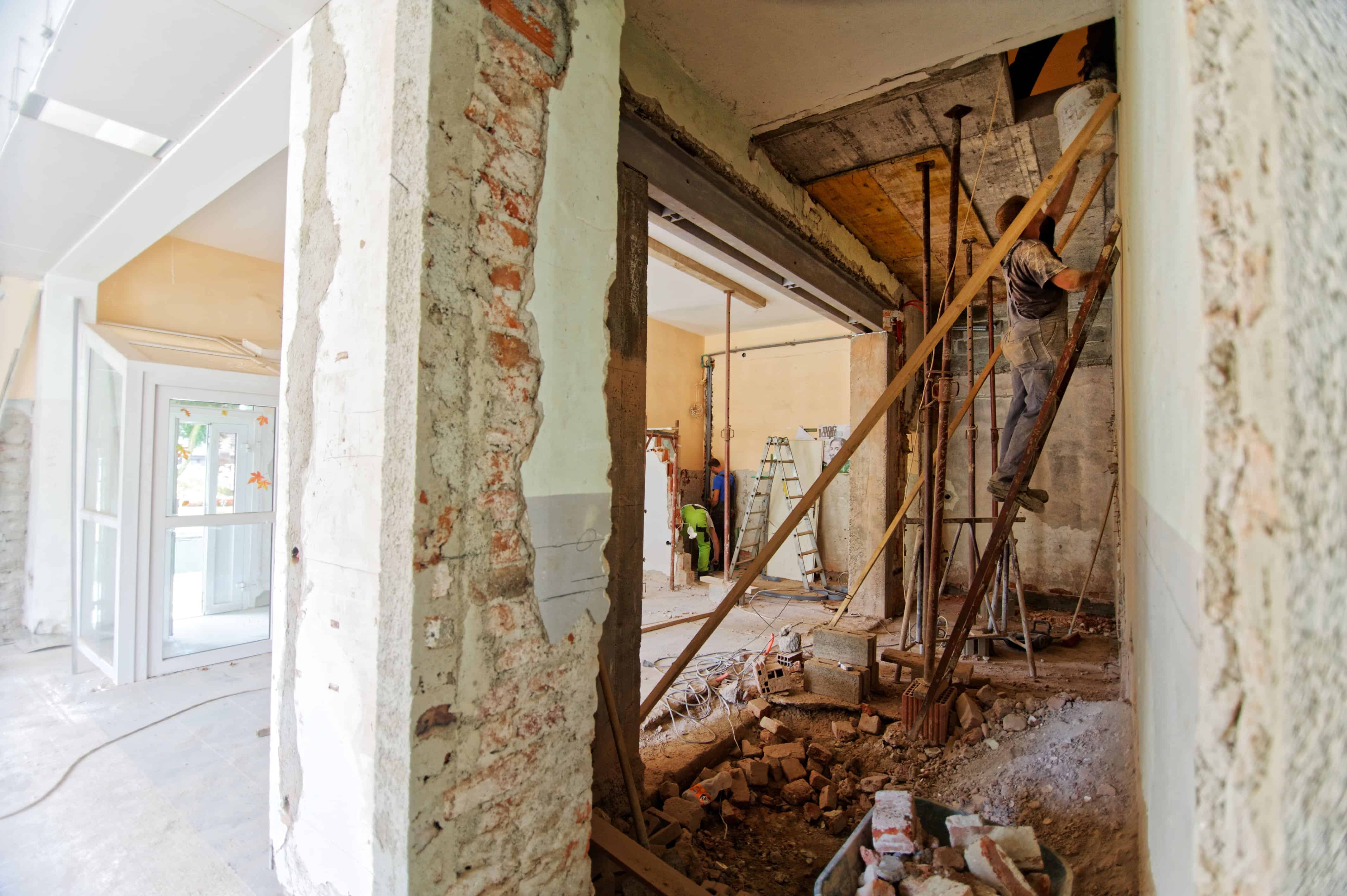Asbestos Exposure in the Home: Risk, Removal, and Remodeling

Many people are alarmed to learn that their house may contain asbestos. Asbestos exposure has been linked to lung cancer and mesothelioma – particularly in construction workers and manufacturers, who were frequently exposed to it on the job. Most Americans will spend at least one-third of their time every day inside their home – that is a lot of time to be breathing air that could potentially make you sick.
Most often, people want to know where asbestos is found and the potential risks of having asbestos in the home. Here’s what you need to know about asbestos if you are a home buyer, seller, or remodeler.
Where is Asbestos Found?
Asbestos is a mineral that is mined from the earth. It has natural properties that make it an excellent and inexpensive fire retardant. As such, it was added to many building products to make them perform better with peak use between the 1940s through the 1970s.
Common building materials that contain asbestos include but are not limited to:
- Insulation (vermiculite)
- Shingles
- Old cement siding
- 9”x9” floor tiles
- Acoustic ceiling tiles
- White tape on heating ducts
- Insulation on boiler pipes and boilers
- Popcorn ceiling texture
- Glues used under flooring
Some materials are more dangerous than others. One such material is vermiculite insulation. This loose insulation, often in your attic, looks like small rocks or bits of mica. Much of this insulation came from a mine in Libby Montana and the vermiculite was contaminated with asbestos. This material can aerosolize easily, exposing workers or occupants to the harmful effects. In addition, tests to verify the presence of asbestos in vermiculite have proven unreliable. It is best to assume this product contains asbestos and consider having it remediated by a professional to reduce risks of exposure.
Why is Asbestos Bad?
Asbestos is bad for human health when the tiny abrasive fibers are inhaled into the lungs, where they can damage the tissue. Over time, asbestos inhalation can lead to asbestosis (a lung disease), cancer, and mesothelioma – an aggressive form of cancer that affects the lungs, heart, and abdomen.
It’s important to understand a few basic concepts about asbestos-containing materials in your house.
If the building material in question is not damaged or “friable,” then the asbestos fibers will not be able to “aerosolize” or become air-borne particulate. The asbestos will be encapsulated in the building material and will not pose a health hazard. For this reason, most old houses do not pose an asbestos-related health hazard to the occupants living there. If the asbestos fibers are not likely to become airborne, then the area is considered safe.
How do I Know if I Have Asbestos in My House?
If you are buying a house older than 1980, you can assume it probably contains at least some asbestos. If your old house is in good condition and you are not planning any renovation work, you probably do not need to test for asbestos. You may want to perform an inspection to look for damaged materials which may contain asbestos and have these remediated or encapsulated – especially if you have some reasons for concern like visibly damaged pipe insulation or old building materials.
However, your risks of exposure are much greater if you are remodeling an old house. Then, you should have a thorough evaluation done by a professional prior to demolition. You can hire an industrial hygienist or an environmental lab to perform an evaluation of the house. These contractors follow a thorough testing protocol and will often take more than a dozen samples from the building. Once you have the results you should know what materials contain asbestos and most labs will also provide a protocol for remediating (safely removing) these materials.
Get local insights at a free Redfin class
Does a Home Seller have to Disclose Asbestos?
Most states don’t require single-family homeowners test for asbestos prior to selling their home. However, if you knowingly sell a home with asbestos without disclosing that information to the buyer, you could be held liable for health-related damages in the future. It is best to check your local regulations as these laws vary by state.

Is Asbestos Identification Included in a Home Inspection?
Since the home inspection is a visual, non-invasive inspection of the home, it is not possible for a home inspector to properly identify the presence of asbestos. Many home inspectors will report on the presence of building materials that are likely to contain asbestos. This should not be confused with a complete asbestos identification inspection, which is much more comprehensive.
A complete asbestos evaluation often involves destructive testing where samples are drilled, scraped or pried from the building. You would need permission from a homeowner if you were doing this prior to purchasing a house and such permission may not be granted. Home inspectors are not allowed to damage the buildings they are inspecting, so there is generally no practical way to inspect for asbestos-containing materials in a comprehensive way as a part of a pre-purchase home inspection. This is another reason why asbestos evaluation is often not done as a part of pre-purchase due diligence.
Is it Legal to Remodel a Home with Asbestos?
The biggest risk posed by asbestos is during a remodel or renovation to an old house. This is when the asbestos-containing materials get damaged and aerosolized, and people working or living in the house are at risk of exposure.
Laws regarding asbestos will vary by state but many states will require:
- Homeowners to test for asbestos prior to any construction or renovation project
- Contractors to obtain a written asbestos report from a building owner prior to work
- Asbestos remediation to be done by licensed abatement contractors prior to starting demolition work
- Asbestos-containing materials are disposed of in special bins for hazardous waste
If you are planning to renovate a fixer-upper, you should have a budget for lead and asbestos identification and remediation. If you have time to do this evaluation before buying the house, that is great. The more data up front, the better. In hot markets, home buyers often have very limited time to complete their inspections so many buyers proceed with the logical assumption that the building contains asbestos and they will need to tackle it prior to renovation.
If you suspect asbestos in your home, don’t panic. Many houses built in the 1900s contain some level of asbestos, and it is generally safe to live in them if you won’t be doing any serious construction. If you are planning a remodel, you’ll need to check your local laws and hire the right professionals to assess the home and dispose of the waste correctly. An informed buyer is a happy buyer, and knowing the facts about asbestos will help keep you and your loved ones safe.
The post Asbestos Exposure in the Home: Risk, Removal, and Remodeling appeared first on Redfin Real-Time.





